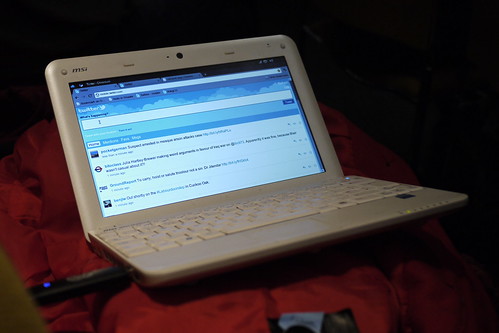The challenge of fast urbanization is opening the way for the development of highly “smarter” cities, as more and more of its services rely on emerging technologies. The differentiating factor that can make cities “smart” is the integrated usage of information and communication technologies (ICT) in optimizing the flow of information between seven critical city infrastructure services: administration, education, healthcare, public safety, real estate, transportation, and utilities. By implementing initiatives based on this information to enhance efficiency and performance of these services to the citizen you create cities that are “smarter.”
From the administration point of view a smart city will have a reliable system to reach the citizens effectively, to receive feedback, to collect data, to generate statistics and to properly communicate political decisions in a transparent manner. This will support decisions makers with the necessary knowledge required to make acute and quick decisions on city planning and maintenance.
Use of ICT in education services will improve the quality and experience while reducing costs. In developing countries, providing internet access to the educational resources will increase attendance, especially when targeting rural populations surrounding the city or individuals who cannot participate to daily courses. Usage of digital content and collaboration technologies will reduce costs while providing a higher quality and improved experience.
Smart healthcare systems can provide faster and more reliable services. Using scalable storage systems and wide communication platform, patient records con be stored and shared with any medical unit which requires them. Also the communication platform can be used to improve response time in case of emergency services. This is key during a time where epidemics are spreading across cities and information of patient diagnosis is pivotal to diagnosing and treating new patients.
Public safety can make use of communication technologies to reduce deployment time of the emergency response units. In the same time the communication network could be use to relay real-time information between dispatchers and filed units. While dispatchers have access to information via desktop computers, field units can access the network via handheld devices. Public safety services can also make use of closed-circuit television (CCTV) combined with video analytics and global positioning services in order to optimize deployment time. All of these allow for effective, immediate transition of data so that disturbances can be identified and controlled in an aggressive manner.
In real estate ICT can help reduce operating costs by using management systems to automate heating, cooling and illumination. Through motion, temperature, and weight censoring, lighting and cooling units can be controlled to operate at the most efficient levels. From inception, computer modeling will help in building design and identifying appropriate materials, architectural design as well adherence and reporting to relative green building certifications such as LEED.
Transportation can benefit from reduced traffic congestion and more efficient public transport by implementing smart computing technologies like congestion pricing. By passing through electronically controlled tolls, drivers pay more to use more congested roads in rush hours. Not only it reduces traffic congestion, but reduces the environmental impact of the transportation service while raising funds for the public transport.
Utilities can make use of smart grids to optimize water, gas and electricity consumption. Smart grids help identify water leaks and electricity losses. Also, transparency in the measurements towards the consumers can help in responsible usage behaviors and improve demand side management. Replacement of the carbon-intensive fuels with renewable energy can also contribute to “smarter” utilities by ensuring they are tapping into endless resources.
For the success of a smart city project ICT must be at the core of city planning and design. You cannot manage what you cannot measure, and you cannot accurately measure in real time without effective ICT tapping into all aspects of your city and aggregating the data.

![]() photo credit: jasminejennyjen
photo credit: jasminejennyjen
